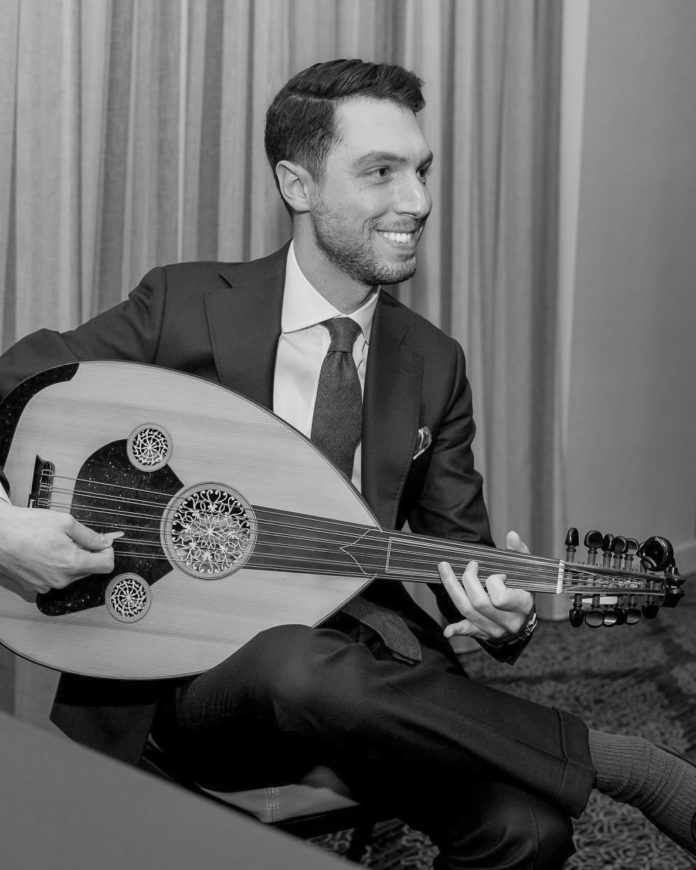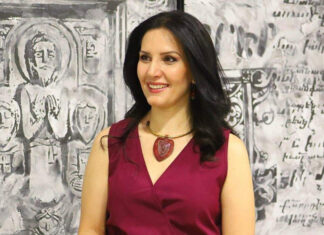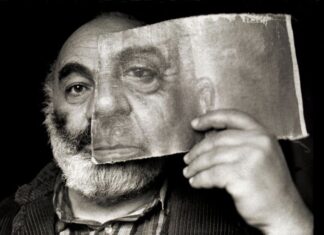DETROIT AND BOSTON — Brian Ansbigian, 32, is an oud player born and raised in the Boston area, who has been up-and-coming for some time now. He is regarded by elders as well as his peers as one of the newest major players in this style of music among Armenians. He has studied under Udi John Berberian and often performs with Leon Janikian (clarinet), Joe Kouyoumjian (oud), and many other New England musicians including his father David Ansbigian (guitar and oud). He is a member of St. James Armenian Church, the Armenian General Benevolent Union (AGBU), and National Association for Armenian Studies and Research (NAASR). He is an alum of the Armenian Church Youth Organization of America.
What is your background and how did you get interested in music, and Armenian music and the oud in particular?
It’s in my blood, and I think that’s actually pretty common among us Armenian musicians. I am a fourth-generation Armenian-American musician. My father learned Armenian folk music from his grandfather, and I learned from him. Some of my earliest memories as a child are of my father sitting in our living room playing his oud along with his Armenian records and tapes. I developed a love and appreciation not only for the music, but also for the instrument itself. I was about 15 or 16 when I started to seriously study the oud, and haven’t looked back since. In addition to playing, I’ve become a “collector” of sorts of the instruments themselves, and I’m especially interested in acquiring antique ouds by Armenian makers. I have always thought of a well-made oud as a work of art.
Talk a little about your father and great-grandfather and their music, what about other family members?
My great-grandfather, Harry Belezarian, immigrated to Worcester from Kharpert in 1913. He was among the first wave of Armenian immigrants to bring our music to America. Like many of his peers, he didn’t have any formal musical training, and played primarily “kef” music — folk and dance music with origins in Western Armenia. Luckily, he had the foresight to record himself often, and even went on to create multiple LPs as a vocalist with the Mesrob Takakjian Orchestra in Fresno, CA. I’m fortunate to have those recordings today, and you could say that they formed the basis for my father’s, and later my own, interest in the music. It was Harry and his son Harry Jr. who encouraged my father to start playing the oud when he was just a kid – in fact, they provided him with his very first oud (which he still has, by the way). My father did the same for me.
Tell us about your relationship with Oudi John Berberian.










